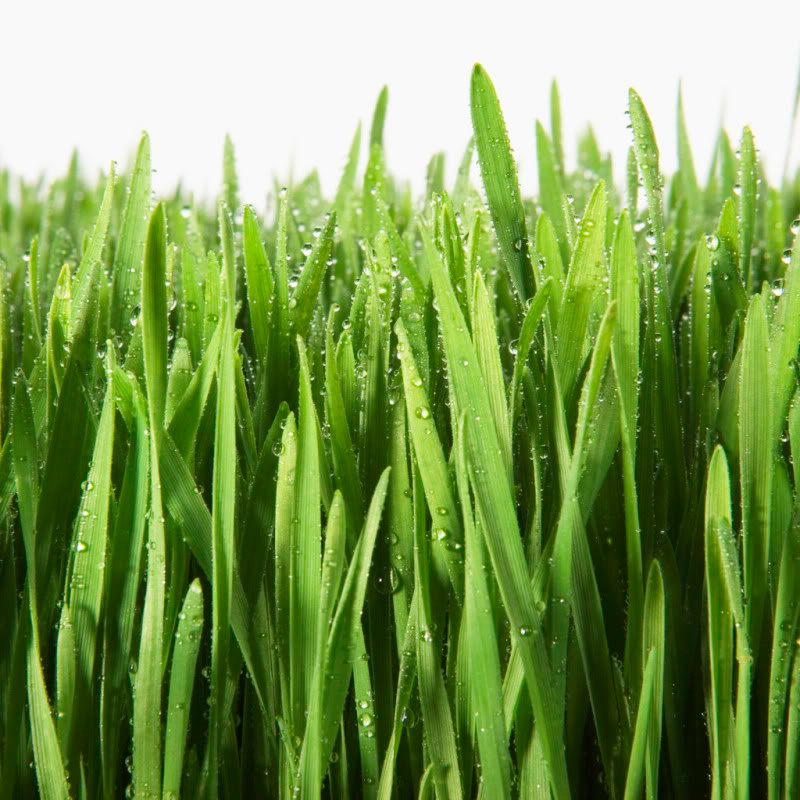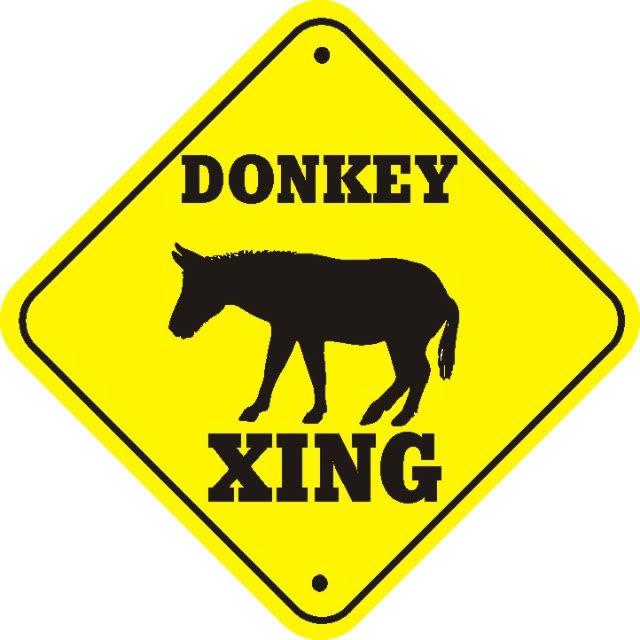 Note to readers: this post is long and detailed. Be sure to read the comments for other parents' insights and opinions.
Note to readers: this post is long and detailed. Be sure to read the comments for other parents' insights and opinions.Watching a Moves in the Field figure skating test session is like watching grass grow – but in a tense, high-stakes sort of way. Unless you can recognize deep edges and perfect lobes, a Moves test is going to look like high-stakes grass growing in a foreign country.
I’m going to catch a lot of flack for writing that moves tests are so boring, but for parents, we just don’t speak the language. We don’t understand the subtle movements that figure skaters, coaches, and judges do. Ice Girl loves moves. Good for her. For me, they’re a snooze fest. In Greek.
Why moves? Even though they’re boring to watch, they could be much worse. Moves in the Field replaced the school figures (which gave figure skating its name). Skaters used to create figures on the ice with their controlled body movements and edges. Viewers hated them because only the judges could really see whether or not the skater had succeeded. They also counted in a skater’s overall competition score, so sometimes a lousy freeskater could win first if she had a big lead in the figures. This was a huge source of confusion to skaters and spectators.
Moves is an attempt to ensure that the good bits from the figures – the grace, carriage, and edge control – are still encouraged in a skater’s development. Some moves also incorporate ice dance steps as well.
Skaters must pass the moves test at one level to be eligible to take a USFSA freestyle test. In other words, to hop on the testing ladder, a skater must first pass the pre-preliminary moves test before taking the pre-preliminary freeskating test and so on. Don’t expect to take the preliminary freeskating test without passing the preliminary moves first. Skaters can
test up in moves without affecting their competitive freeskate level. For example, Ice Girl is a pre-preliminary level skater, but she’ll be testing her juvenile moves soon.
Testing up is a pretty good thing because it teaches skaters good control and good skating habits. That doesn’t mean you need to force the moves, but 15 minutes of practice a day makes it much easier to pass the test than a big cram session two weeks before the test session. When Ice Girl says she’s having some ache or pain, I ask her to finish out the session with some moves practice.
What a USFSA Test Session Looks Like
I can’t help you stay awake, understand the complicated patterns, or teach you Greek, but I’ve been to a figure skating test session before, so I know what to expect and what to do.
- Night before. Polish boots, make sure tights don’t have holes, and encourage your skater to study the order that the moves patterns are listed in the rule book. At two test sessions, the judges told Ice Girl what pattern to skate before each pattern. At another, the skaters were expected to skate the patterns in order from the rule book by memory. Ice Girl wasn’t really prepared for that. Better safe than sorry.
- Arrive early. Like a competition, you never know if someone has scratched and the event schedule is running ahead. Arriving early also helps with the jittery feeling that the figure skater will have. I say lots of stuff like, “You’ve been practicing hard, Ice Girl. Let your muscle memory be your guide.” She does lots of eye rolling, texting, and tissue twisting.
- Rink’s pretty empty and quiet. Unlike the party atmosphere of a competition, skaters, coaches, and families hang out in somber groups and talk in low voices. They show up for their skater’s event and take off right away. Folks don’t often hang out to watch the moves tests, but they will stay in the stands for the freestyle tests. Bring a pack of tissues in case your skater doesn’t pass or someone you know doesn’t pass.
- Find the judges. Most of the time the judges sit in a predictable spot. Once, however, they were in the stands with us parents. It really threw skaters off when the judges hollered from the stands for the skater to repeat a pattern. So, locate the judges and point them out to your figure skater. Then sit far away from them. You don’t want to eavesdrop (poor manners) or have them hear you chatting softly to your neighbor about how dull the moves tests are. Worse: snorting when your neighbor tells an inappropriate joke. Very frowned upon.
- Warm up, put on skates. Whatever your competition routine is for this will work fine here. Remember: calm, soothing voice with lots of platitudes.
- Watch the grass grow. Even if it’s a freestyle test, you’ll probably not see your skater perform her most complicated jumps and spins. Moves tests are dull, as I mentioned, so behave yourself. If you can’t behave, sit by me. I’m the one falling asleep.
- Reskates. If a skater has only one error, judges can ask the skater to reskate a pattern or an element. Make sure your skater knows that this is not panic time. This is actually a good thing. If your skater had two errors, the judges wouldn’t ask for a reskate. Reskates mean your skater is close to passing. Before the test session, ask your skater to visualize herself once the judge asks her for a reskate. What will she do? Will she nod, take a deep breath, and skate as usual? Or will she break down in tears?
- Shuffle out to collect the results. Once your skater’s group has finished, you can leave the stands and join your skater in the lobby. You should not stand up and walk out while other skaters are testing. In the lobby, you’ll shift awkwardly from foot to foot and utter foreign phrases like bracket and three-turn until someone calls your skater’s name to collect her results.
- Accept the results with grace. The tests are pass/retry. If your skater passes, smile and pat her on the back, but don’t shout and pump your fist in the air. Lots of skaters don’t pass the first or second time and might be silently sobbing next to you. If your skater is silently sobbing, offer tissues, hugs, and smiles. These tests are tough: be gentle. Don’t compare your skater to other skaters who passed; don’t blame the coach. Many fabulous skaters have to re-take tests; there’s no shame in it. Be proud of your skater’s hard work. Not every outing on the ice will be perfect, but she has a good idea of the direction her work should take. Point out the good comments on the results sheet. Offer chocolate. You get the idea.
- Change and go out to eat. While your skater wipes her blades and puts on normal clothes, stand around and decide on a place for lunch. This part might be optional, but it’s what we always do.
What should your figure skater wear? For the moves test, a simple practice dress is fine. The dress should be a figure skating dress, though, and not a dance dress. In other words, the skirt shouldn’t be long and flowy. (Unless your skater is taking a dance test. Then, of course, dance dresses are expected.) The judges need to look at leg positions and you don’t want to make that job difficult for them. Ice Girl wears a simple red practice dress – no crystals. Of course, if all you have is a dress with crystals, that's fine for moves, too. For freestyle tests, your skater can wear her normal dress that she wears for competitions.
Make sure that your skater’s tights don’t have holes, that her boots are polished, and that the laces aren’t trailing. You don’t want any of those things distracting the judges.
Study up on the patterns. I don’t pretend to be a coach. However, I do look at the patterns that Ice Girl is supposed to skate so I can feel like part of the conversation. Just because it’s a foreign language doesn’t mean that I can’t learn a couple of useful phrases and fake my way through a conversation. Don’t ask me about a specific Mohawk sequence or edge pull, though. I, um, might have been sleeping during that part.
Listen for the rip sound. When you hear the ripping sound a skater makes on the ice, that’s supposed to mean good edges. That’s all I’ve got.
Pre-pre freestyle isn’t done to music. At least, Ice Girls’ pre-preliminary freestyle test wasn’t. The judge just asked her to jump, etc.
More judges, longer time as tests become more difficult. Ice Girl had just one judge for her pre-pre moves test. For her pre-juvenile moves, she had three. I honestly can’t remember those in between. I might have been napping… However, as your skater moves up in the levels, the tests are more difficult and the judges are pickier. Retrys are not uncommon. A pass is a real achievement.
PSA’s Moves in the Field DVD. Ice Coach loaned Ice Girl this DVD over the weekend so we could watch skaters who performed the moves in a near-flawless manner. Popcorn, soda, a warm room, and a comfy chair didn’t improve it much: it’s still pretty dull. That kid who skates the juvenile patterns is
fast, though.
Update (8/19/09): Moves patterns to change next year.Season, a loyal reader, always posts fabulous and helpful comments to this blog. I'm excerpting part of her comment here. (India, Season's daughter, just passed Senior Moves - congrats, India!)"I'm not sure if your coaches have made you or other skater aware but the USFSA are changing the MIF patterns for next year and they will have more difficult patterns some of the patterns that have been added are school figure patterns. For example the Senior MIF will include loop patterns from the old school figure test. I'm so glad my daughter will not have to test the new test patterns. Her coach does want her to learn the new patterns so that if she wants to coach in the future she is aware how to perform the new patterns so that she can teach the patterns to her potential students. You can go the USFSA website and see what the new pattern changes are going to be. You do not have to go back and test the new patterns if you have passed a certain level you only need to learn the new patterns for the test levels you have not tested.
"I do want all skaters to know how important MIF are for skating, these are the fundamentals of figure skating and will help your skater have stronger jumps, spins, power, and edge quality for footwork patterns and choreography. Work hard on your MIF and listen to music while practicing your MIF it will help with curbing your bordem. Good Luck, Season and India!"
Update (8/21/09): Ways to improve edges
Again from another of Season's comments:
I also think that ice dancing helps with learning better edge control and body movement on the ice. So if you can't find a coach to teach you school figures I highly recommend finding a really good, experienced ice dancing coach.
You could also join a synchronized skating team. This helps you to improve your over all skating skills because you have to learn how to keep up with skaters that are a higher level than yourself. This helps to improve speed, balance and coordination because you have to learn to be synchronized.Update (8/21/09): Judges try to be fair and helpful
From loyal reader (and coach) Jillybean's comment:
One thing to remember about a test session is that a different panel of judges will see things differently. A test that would be passed by one judge, might be failed by another judge. Some judges just expect a higher quality of skating than another. If a skater doesn't pass their test, ask the judge(s) what they can do to improve for the next test, then work on what they suggest. The judges want the skaters to succeed, (judges are AWESOME!) and if they don't pass the skater, it's generally because they don't feel they are ready to move to the next level.Share your experiences! I am not a figure skater, I’m a parent. Do you have insights into testing that parents should know about? Share your knowledge!

















